Home>Furniture & Design>Interior Design Trends>What Adhesive Sticks To Glass
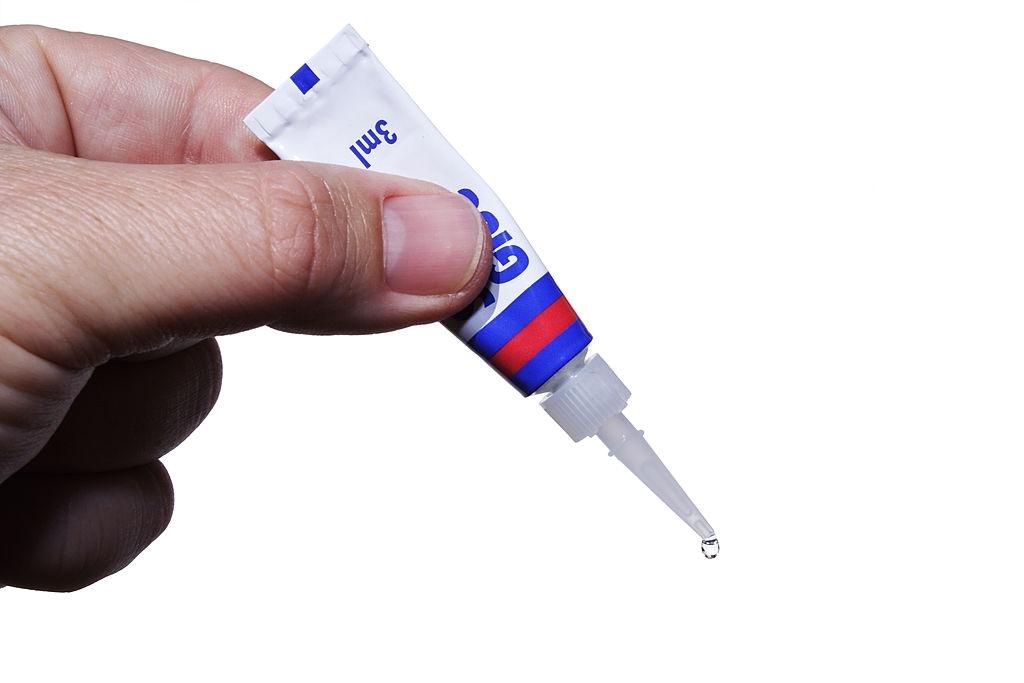

Interior Design Trends
What Adhesive Sticks To Glass
Published: February 4, 2024
Discover the latest interior design trends for adhesives that stick to glass. Find the perfect solution for your glass decor needs. Explore now!
(Many of the links in this article redirect to a specific reviewed product. Your purchase of these products through affiliate links helps to generate commission for Storables.com, at no extra cost. Learn more)
Introduction
Adhesives play a crucial role in the world of interior design and home improvement, particularly when it comes to working with glass. Whether you're looking to create a stunning glass mosaic, repair a broken window pane, or affix a decorative element to a glass surface, choosing the right adhesive is paramount. The ability to bond glass effectively can transform a mundane space into a captivating and visually appealing environment.
In the realm of interior design, glass is a versatile material that adds a touch of elegance and sophistication to any space. From sleek glass tabletops to intricate stained glass windows, the applications are diverse and visually striking. However, working with glass presents unique challenges, especially when it comes to adhesion. Unlike porous surfaces such as wood or drywall, glass requires specialized adhesives that can create a strong and durable bond without damaging the material.
Understanding the nuances of adhesives for glass is essential for anyone looking to embark on a glass-related project. Factors such as transparency, flexibility, and resistance to temperature variations must be carefully considered when selecting the right adhesive for a specific application. Additionally, the type of glass being used, whether it's tempered, laminated, or annealed, can also influence the choice of adhesive.
In this comprehensive guide, we will delve into the world of adhesives for glass, exploring the various types available, the factors to consider when choosing an adhesive, popular options in the market, and practical tips for using adhesives on glass. By the end of this journey, you will be equipped with the knowledge and insights needed to make informed decisions and achieve successful outcomes in your glass-related endeavors.
Key Takeaways:
- Choose the right adhesive for glass projects based on transparency, flexibility, adhesion strength, environmental resistance, and curing time to ensure strong and visually appealing bonds.
- Follow best practices when using adhesives on glass, including surface preparation, precise application, clamping, safety precautions, and post-bonding inspection, for successful and long-lasting results.
Types of Adhesives for Glass
When it comes to adhesives for glass, there is a diverse array of options available, each designed to address specific bonding requirements and environmental conditions. Understanding the characteristics and applications of different types of adhesives is essential for achieving optimal results in glass-related projects. Here are some of the most common types of adhesives used for glass:
1. Silicone Adhesives
Silicone adhesives are renowned for their flexibility, weather resistance, and ability to maintain a strong bond over a wide range of temperatures. These adhesives are particularly well-suited for glass applications that require durability and long-term performance, such as sealing glass panels in outdoor structures or bonding glass to metal surfaces. Silicone adhesives also offer excellent adhesion to non-porous materials, making them a popular choice for glass-related projects.
2. UV-Curing Adhesives
UV-curing adhesives are a popular choice for bonding glass due to their rapid curing process and exceptional clarity. These adhesives are cured using ultraviolet light, which triggers a chemical reaction, resulting in a strong and transparent bond. UV-curing adhesives are commonly used in the assembly of glass furniture, electronic displays, and decorative glass elements, where a clear and aesthetically pleasing bond is desired.
3. Epoxy Adhesives
Epoxy adhesives are known for their high strength, chemical resistance, and versatility in bonding various materials, including glass. These adhesives typically consist of a resin and hardener that must be mixed before application. Epoxy adhesives are well-suited for structural bonding of glass components, such as joining glass panels or repairing glass objects. They provide a durable and rigid bond, making them ideal for load-bearing glass applications.
Read more: What Glue Sticks To Glass
4. Cyanoacrylate Adhesives
Also known as super glue, cyanoacrylate adhesives are valued for their fast curing time and strong bond formation. While they are commonly used for bonding non-porous materials, such as glass and metal, cyanoacrylate adhesives may not offer the same level of flexibility as other adhesive types. They are often utilized for quick repairs and small-scale glass bonding applications where rapid adhesion is essential.
5. Polyurethane Adhesives
Polyurethane adhesives are prized for their exceptional strength, impact resistance, and ability to bond dissimilar materials, including glass to wood or plastic. These adhesives are well-suited for glass applications that require resilience and resistance to environmental stress, such as glass bonding in outdoor furniture or architectural structures. Polyurethane adhesives offer a balance of strength and flexibility, making them suitable for a wide range of glass bonding needs.
Understanding the unique properties and applications of these adhesive types is crucial for selecting the most suitable option for a specific glass-related project. Factors such as transparency, curing time, flexibility, and environmental conditions should be carefully considered to ensure the desired bonding performance and longevity. By leveraging the right adhesive for the task at hand, individuals can achieve secure and aesthetically pleasing bonds in their glass endeavors.
Factors to Consider When Choosing an Adhesive for Glass
When embarking on a glass-related project, selecting the appropriate adhesive is a critical decision that can significantly impact the outcome. Several key factors should be carefully considered to ensure the optimal performance and longevity of the adhesive bond. Understanding these factors is essential for making informed choices and achieving successful results in glass bonding applications.
-
Transparency: For many glass-related projects, maintaining the visual clarity and transparency of the glass is paramount. When choosing an adhesive, it is crucial to select one that dries clear and does not compromise the aesthetic appeal of the glass. UV-curing adhesives and certain silicone adhesives are known for their ability to create transparent bonds, making them suitable for applications where visual appearance is a priority.
-
Flexibility: Glass surfaces are susceptible to expansion and contraction due to temperature variations and environmental stress. Therefore, selecting an adhesive with a degree of flexibility is essential to accommodate these movements without compromising the bond's integrity. Silicone adhesives and polyurethane adhesives are valued for their flexibility, making them suitable for glass applications exposed to dynamic conditions.
-
Adhesion Strength: The ability of the adhesive to form a strong and durable bond with glass is a critical consideration. Factors such as the type of glass (tempered, laminated, or annealed) and the surface area to be bonded should influence the choice of adhesive. Epoxy adhesives are renowned for their high strength and are often used for structural bonding of glass components, while cyanoacrylate adhesives offer rapid adhesion for smaller-scale applications.
-
Environmental Resistance: Glass applications may be exposed to various environmental conditions, including moisture, UV exposure, and temperature fluctuations. It is important to select an adhesive that offers resistance to these elements to ensure long-term performance. Silicone adhesives are known for their weather resistance, making them suitable for outdoor glass bonding, while UV-curing adhesives offer excellent resistance to UV degradation.
-
Curing Time: The time it takes for the adhesive to cure and reach its full bonding strength is a crucial factor, especially in time-sensitive projects. UV-curing adhesives are valued for their rapid curing process, allowing for efficient assembly and quick turnaround times, while epoxy adhesives offer a balance between workable time and curing speed.
By carefully evaluating these factors and aligning them with the specific requirements of the glass-related project, individuals can make informed decisions when choosing an adhesive. This thoughtful approach ensures that the selected adhesive not only meets the immediate bonding needs but also delivers long-term reliability and performance, ultimately contributing to the success of the glass endeavor.
Popular Adhesives for Glass
When it comes to bonding glass, several adhesives have gained popularity due to their specific characteristics and versatile applications. Understanding the distinct features of these popular adhesives is essential for selecting the most suitable option for a glass-related project. Here are some of the widely used adhesives for glass:
1. Silicone Adhesives
Silicone adhesives have garnered widespread acclaim for their exceptional flexibility, weather resistance, and ability to maintain a strong bond over a wide range of temperatures. These adhesives are particularly well-suited for glass applications that demand durability and long-term performance, such as sealing glass panels in outdoor structures or bonding glass to metal surfaces. The transparency and UV resistance of silicone adhesives make them a popular choice for applications where visual appeal and weather resistance are crucial.
2. UV-Curing Adhesives
UV-curing adhesives have gained popularity for their rapid curing process and exceptional clarity when bonding glass. These adhesives are cured using ultraviolet light, resulting in a strong and transparent bond. They are commonly used in the assembly of glass furniture, electronic displays, and decorative glass elements, where a clear and aesthetically pleasing bond is desired. The ability of UV-curing adhesives to create transparent bonds without the need for additional mixing or curing agents makes them a preferred choice for various glass applications.
3. Epoxy Adhesives
Epoxy adhesives are renowned for their high strength, chemical resistance, and versatility in bonding various materials, including glass. These adhesives consist of a resin and hardener that must be mixed before application. Epoxy adhesives are well-suited for structural bonding of glass components, such as joining glass panels or repairing glass objects. Their ability to provide a durable and rigid bond makes them ideal for load-bearing glass applications.
Read more: What Glue Sticks To Glass
4. Cyanoacrylate Adhesives
Cyanoacrylate adhesives, commonly known as super glue, have gained popularity for their fast curing time and strong bond formation. While they are often used for bonding non-porous materials, such as glass and metal, their applications in glass bonding are notable for quick repairs and small-scale applications where rapid adhesion is essential. The fast-acting nature of cyanoacrylate adhesives makes them a convenient choice for immediate bonding needs.
5. Polyurethane Adhesives
Polyurethane adhesives have gained recognition for their exceptional strength, impact resistance, and ability to bond dissimilar materials, including glass to wood or plastic. These adhesives are well-suited for glass applications that require resilience and resistance to environmental stress, such as glass bonding in outdoor furniture or architectural structures. The balance of strength and flexibility offered by polyurethane adhesives makes them suitable for a wide range of glass bonding needs.
By understanding the popularity and unique attributes of these adhesives, individuals can make informed decisions when selecting the most suitable option for their glass-related projects. Each adhesive type offers distinct advantages, and by aligning these characteristics with the specific requirements of the project, individuals can achieve secure and aesthetically pleasing bonds in their glass endeavors.
Tips for Using Adhesives on Glass
When working with adhesives on glass, it is essential to follow best practices to ensure successful bonding and long-lasting results. Here are valuable tips for using adhesives on glass:
-
Surface Preparation: Properly clean the glass surface to remove any dirt, dust, or residues that could hinder adhesion. Use a gentle glass cleaner and ensure the surface is completely dry before applying the adhesive.
-
Adhesive Application: Apply the adhesive sparingly and precisely to the glass surface. Depending on the type of adhesive, use a small brush, syringe, or applicator to control the amount and spread of the adhesive evenly.
-
Clamping or Securing: For certain adhesive types, such as epoxy or polyurethane adhesives, clamping the bonded surfaces may be necessary to ensure a strong and uniform bond. Follow the manufacturer's recommendations for the appropriate clamping pressure and duration.
-
Curing Conditions: Pay attention to the curing conditions specified by the adhesive manufacturer. Factors such as temperature, humidity, and curing time can significantly impact the bonding strength and durability. Provide the ideal curing environment for the adhesive to achieve optimal results.
-
Safety Precautions: When working with adhesives, especially those that emit fumes or require skin contact, adhere to safety guidelines. Use protective gloves, work in a well-ventilated area, and avoid direct skin contact with the adhesive.
-
Avoid Excess Adhesive: Over-application of adhesive can lead to unsightly smudges, excess squeeze-out, or prolonged curing times. Use the appropriate amount of adhesive to minimize cleanup and achieve a clean, professional finish.
-
Compatibility Testing: Prior to full-scale application, conduct a compatibility test of the adhesive on a small, inconspicuous area of the glass to ensure it adheres well and does not cause any adverse reactions, such as discoloration or hazing.
-
Post-Bonding Inspection: After the adhesive has cured, inspect the bond for any irregularities or weak spots. Ensure that the bond is secure and visually appealing, and make any necessary adjustments or refinements.
By adhering to these tips, individuals can maximize the effectiveness of adhesives on glass, leading to strong, durable, and aesthetically pleasing bonds. Whether undertaking a DIY glass project or engaging in professional glasswork, these guidelines contribute to the successful execution of glass bonding applications.
Conclusion
In conclusion, the world of adhesives for glass presents a diverse landscape of options, each tailored to meet specific bonding requirements and environmental conditions. From the flexibility of silicone adhesives to the rapid curing of UV-curing adhesives and the high strength of epoxy adhesives, the array of choices empowers individuals to select the most suitable adhesive for their glass-related projects.
The selection of an adhesive for glass should be guided by careful consideration of key factors, including transparency, flexibility, adhesion strength, environmental resistance, and curing time. By aligning these factors with the unique requirements of each project, individuals can make informed decisions that lead to successful bonding outcomes and long-term reliability.
Furthermore, understanding the popularity and distinct attributes of popular adhesives for glass, such as silicone adhesives, UV-curing adhesives, epoxy adhesives, cyanoacrylate adhesives, and polyurethane adhesives, provides valuable insights for selecting the most appropriate option. Each adhesive type offers specific advantages, and leveraging these characteristics in alignment with project needs contributes to the creation of secure and visually appealing bonds in glass applications.
Moreover, adhering to best practices when using adhesives on glass, such as thorough surface preparation, precise adhesive application, appropriate clamping or securing, and adherence to safety precautions, ensures the successful execution of glass bonding endeavors. These tips serve as a guide for maximizing the effectiveness of adhesives and achieving durable, professional, and aesthetically pleasing bonds in glass-related projects.
In essence, the world of adhesives for glass is rich with possibilities, offering individuals the tools and knowledge needed to embark on diverse glass-related projects with confidence. By understanding the nuances of adhesives, considering key factors, leveraging popular options, and following best practices, individuals can elevate their glass endeavors, whether in home improvement, interior design, or professional glasswork, to new heights of creativity, functionality, and visual appeal.
Frequently Asked Questions about What Adhesive Sticks To Glass
Was this page helpful?
At Storables.com, we guarantee accurate and reliable information. Our content, validated by Expert Board Contributors, is crafted following stringent Editorial Policies. We're committed to providing you with well-researched, expert-backed insights for all your informational needs.
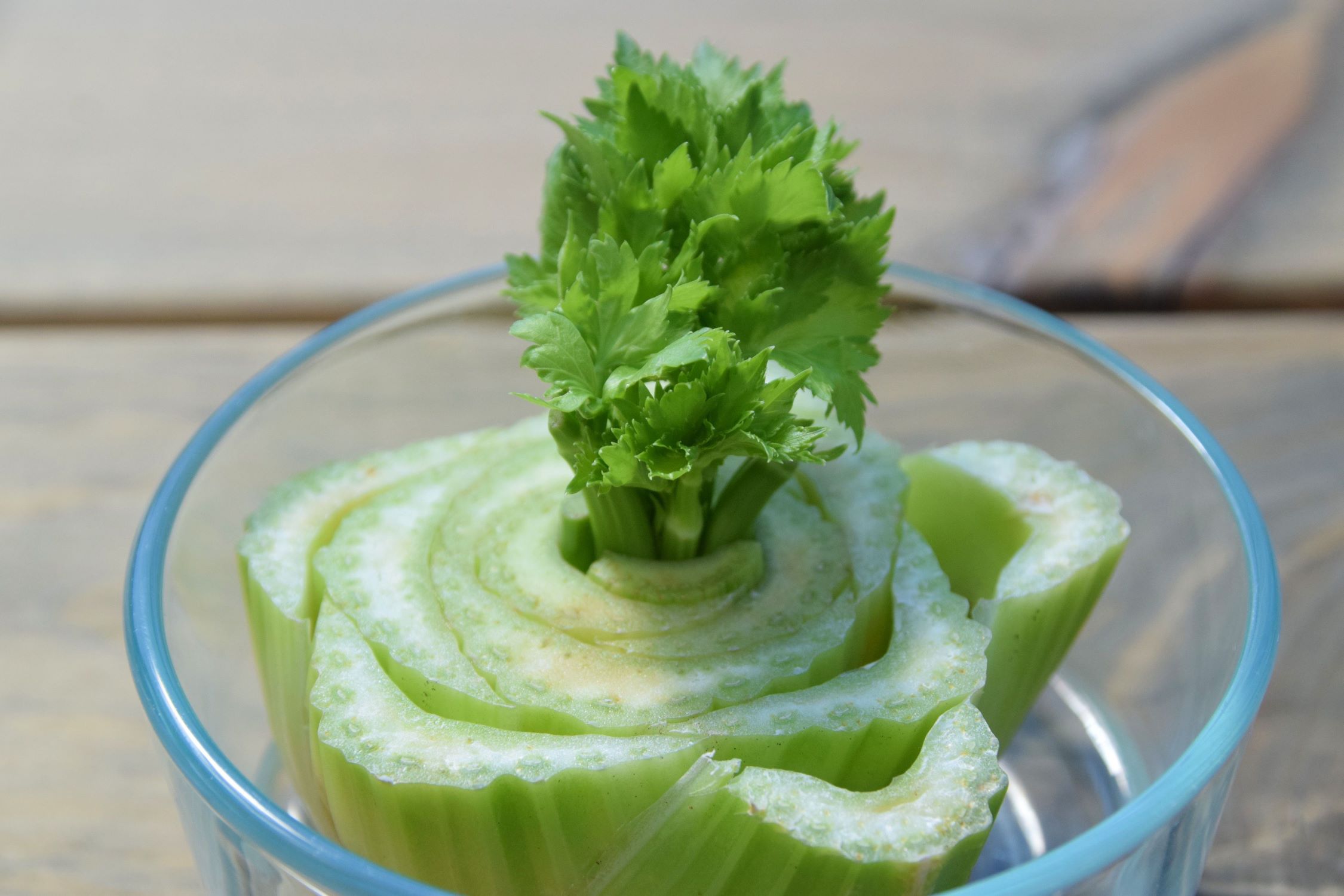
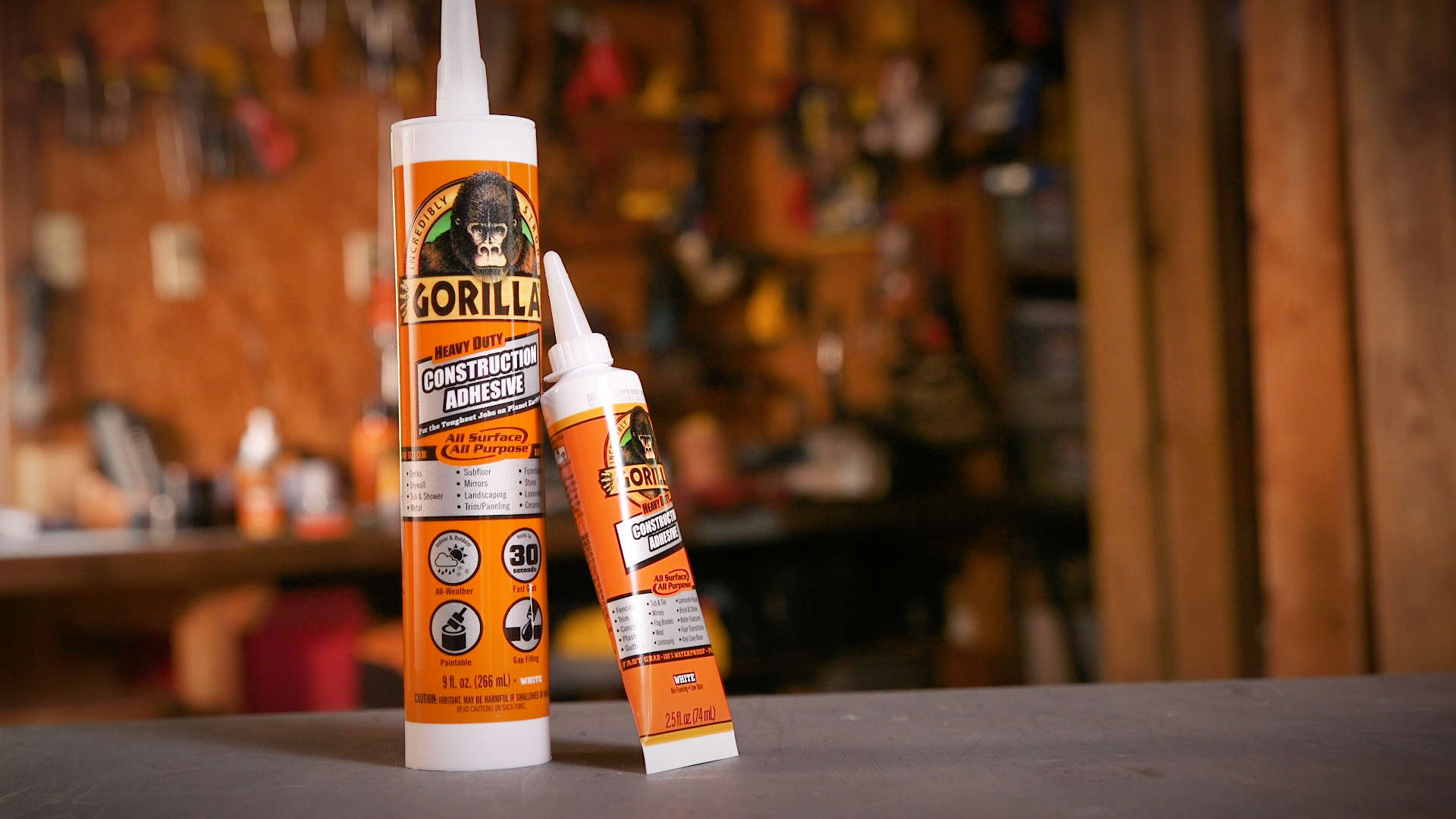

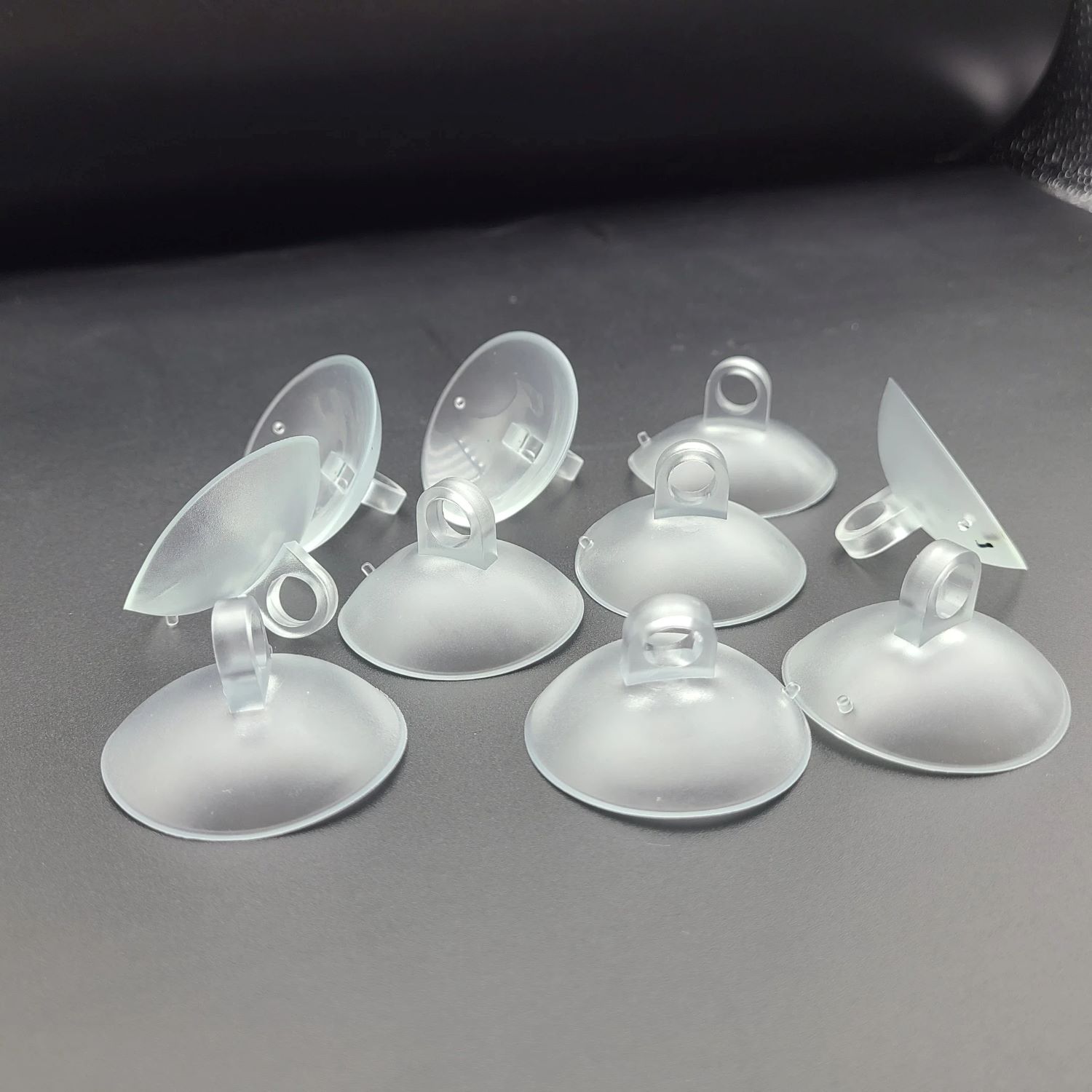
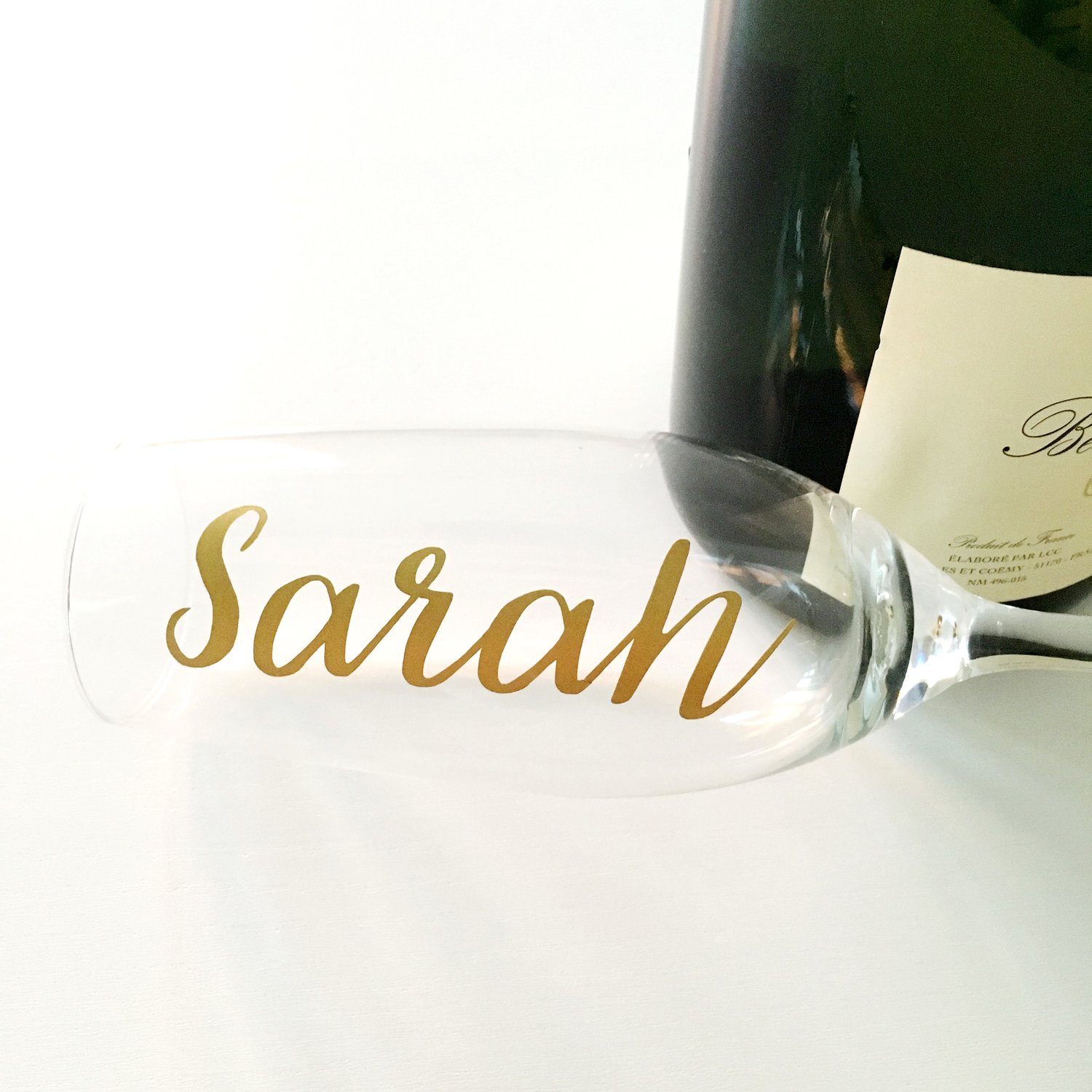
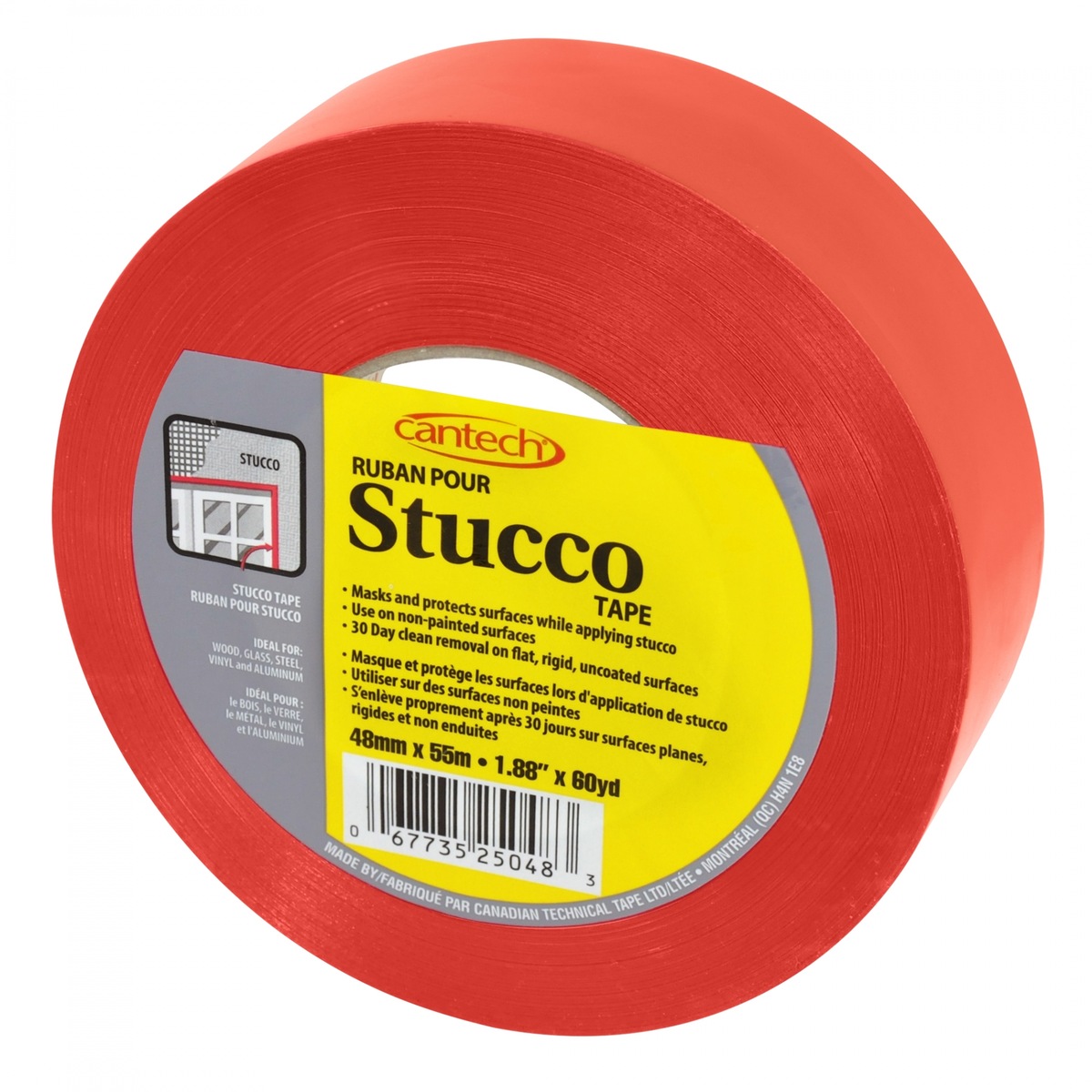
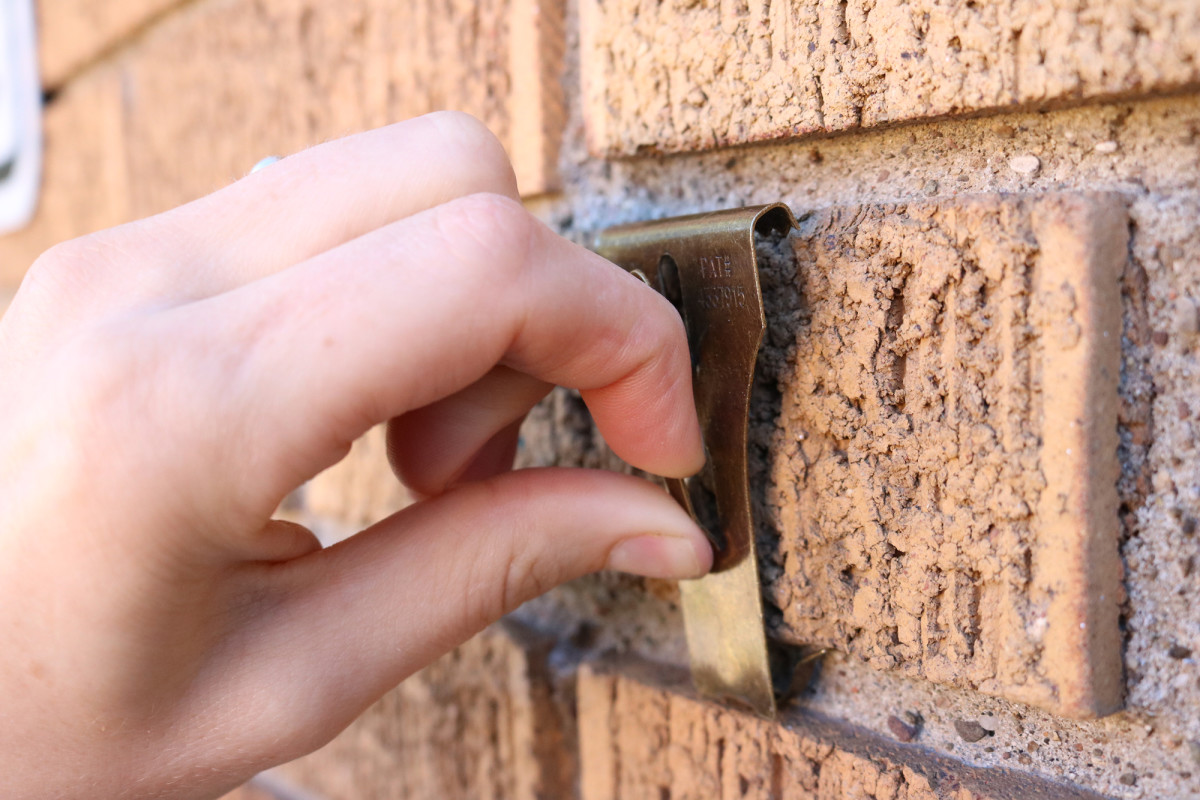
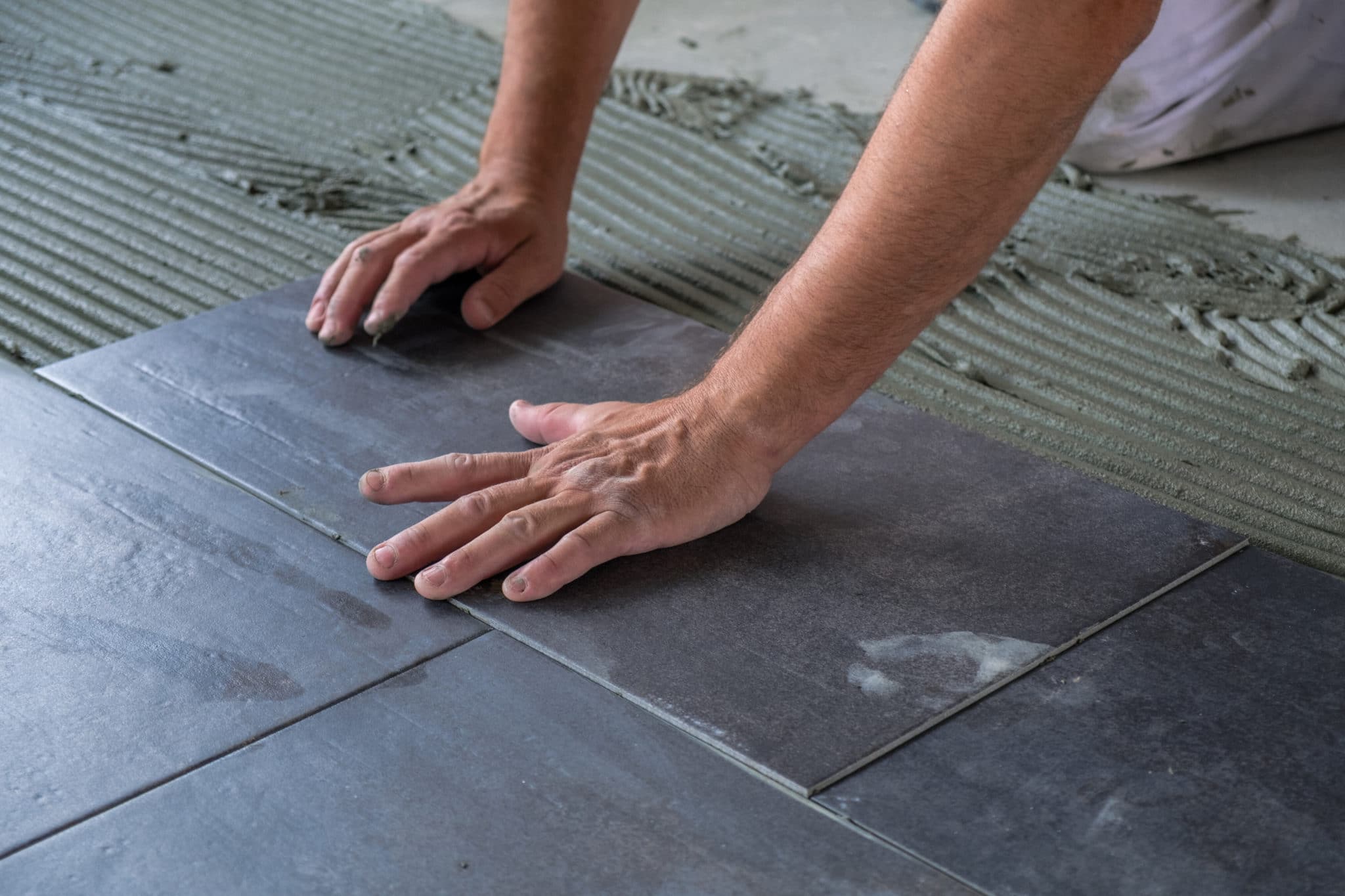

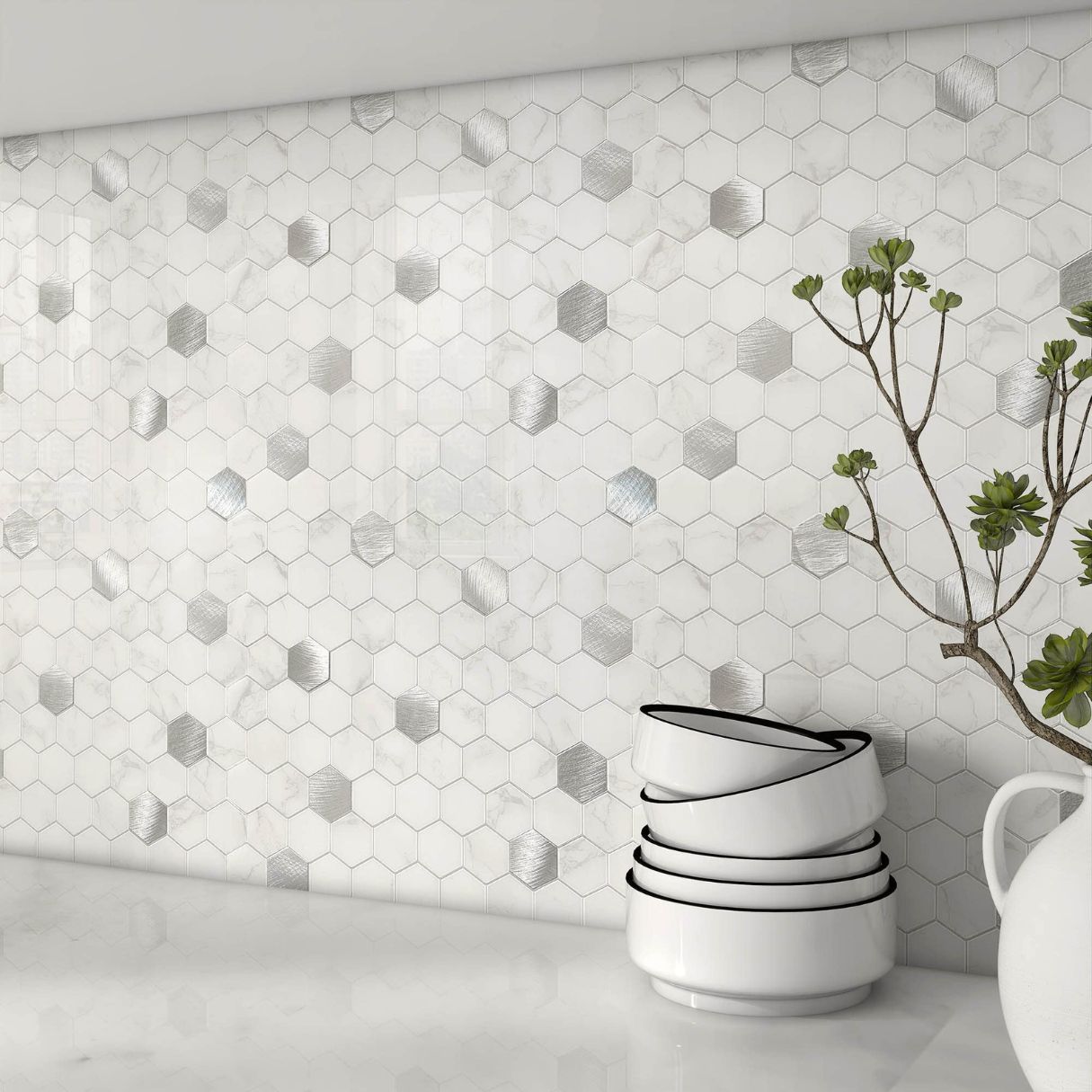
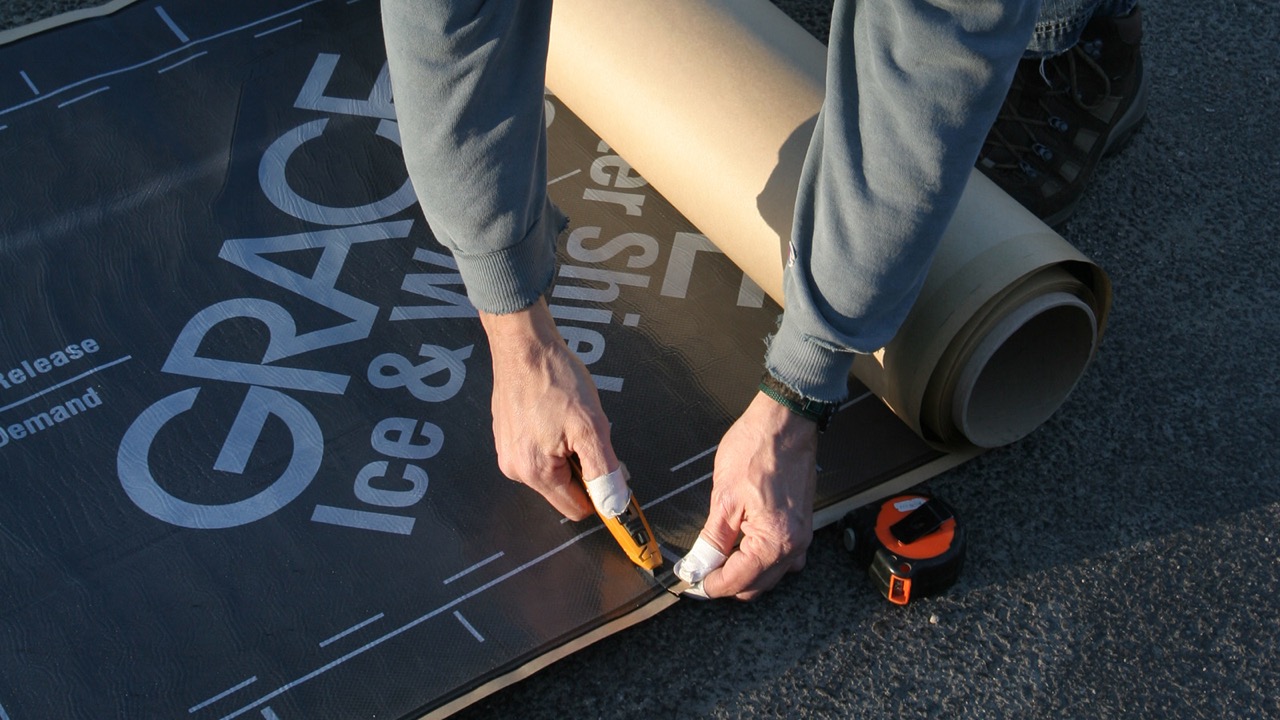
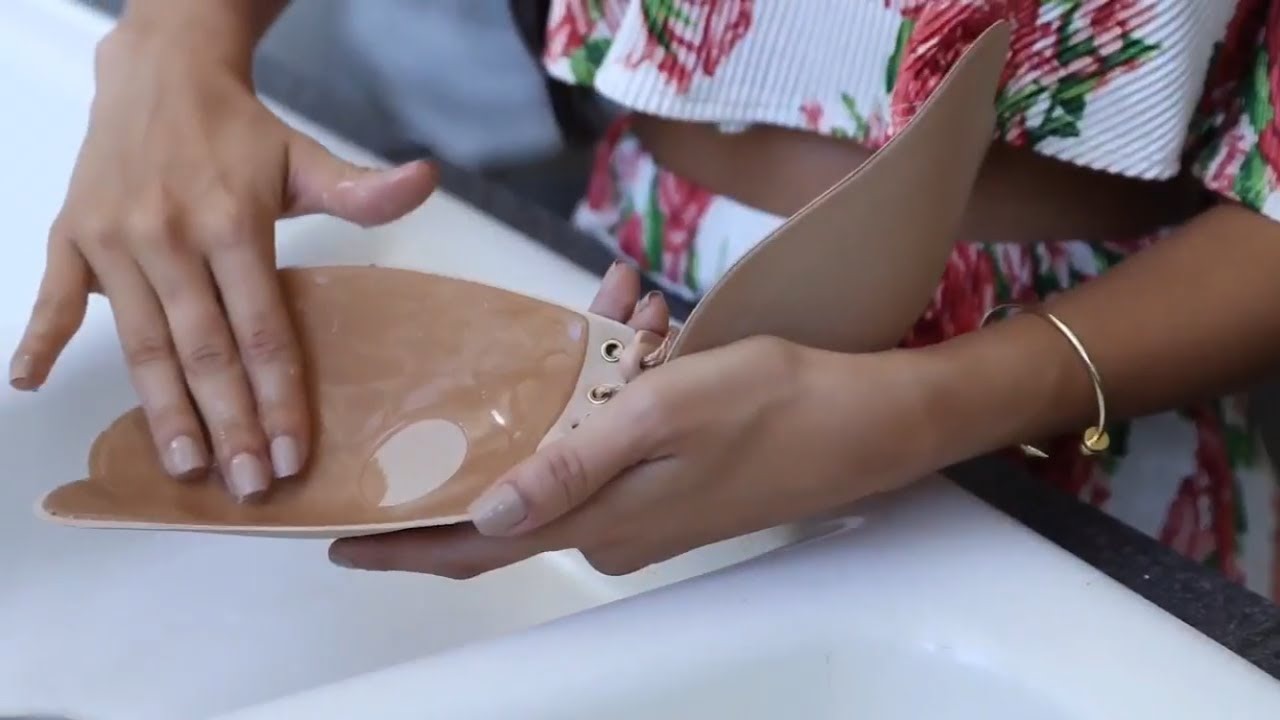

0 thoughts on “What Adhesive Sticks To Glass”